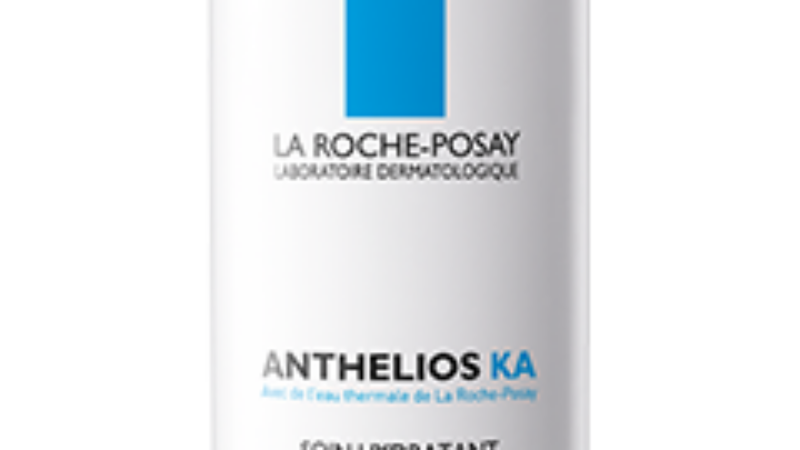You can now find fruit stem cells in a range of anti-aging skin care products including new Neostrata Anti-Aging Gel.
Celebrity fans include Jennifer Lopez, Helen Mirren and Michelle Obama – are fruit stem cells a ‘revolution’ in anti-aging treatments?
Marketed skin care formulations contain PhytoCellTec™ Malus Domestica. A liposomal preparation, it is derived from the stem cells of a rare Swiss apple – Uttwiler Spatlauber – which are incorporated into skin care products to help increase the lifespan of skin cells. The technology is novel, but studies show that PhytoCellTec Malus Domestica:
- Helps skin stem cells to maintain their characteristics and their capacity to build new tissues
- Delays aging and has an anti-wrinkle effect.
Fruits produce stem cells throughout their lives both to grow and to prevent injury. It’s thought that the fruit stem cells will interact with human stem cells and can eliminate wrinkles and make skin look younger.
Studies involved growing the fruit stem cells in a liquid culture. A one percent solution was found to boost human stem cell production by 80 percent. When human cells were irradiated with UV light, 50 per cent of unprotected cells died, while hardly any of those protected by the apple stem cells were killed. The solution also showed promise in keeping hair follicles alive for longer than those that are unprotected.
In tests on real women (20 of them to be exact), a 2 per cent PhytoCelltec™ Malus Domestica concentration applied twice daily was shown to reduce crows feet by eight per cent after two weeks and 15 per cent after four weeks.
It is the first plant stem cell active ingredient available on the market so the jury is still out. Critics are skeptical that plant stem cells are capable of interacting with human stem cells in any meaningful way. Proponents argue that the study results show proof that they can improve the maintenance of the stem cell characteristics of epidermal (skin) stem cells.
While the extract does show a promise of skin rejuvenation, further studies are needed to show if the practical results will live up to those found in the lab.



